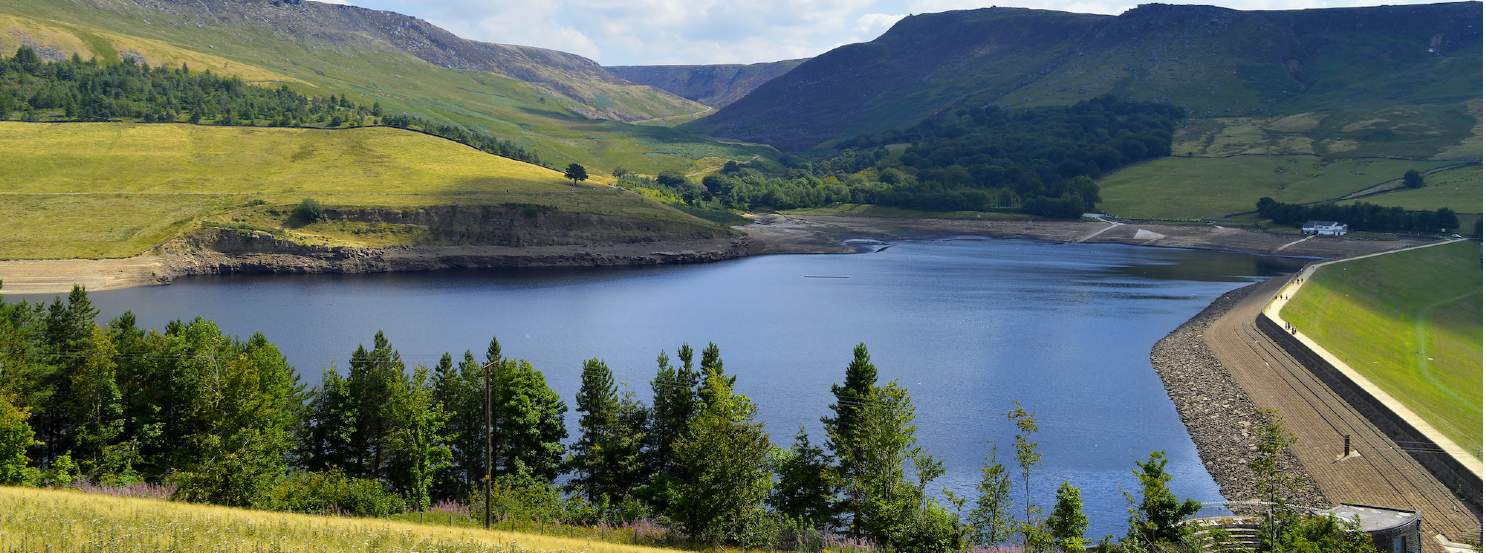What are the legal requirements for reservoirs in England?
Anyone with a reservoir or dam on their land is liable for its safety and those with larger reservoirs need to register them with the Environment Agency, whether it’s an impounding reservoir (one constructed in the basin of a river or stream) or non-impounding (one that needs to have water pumped into it). Additionally, the Government has now published a ministerial direction: The Flood Plan (Reservoirs Emergency Planning) Direction 2021.
What counts as a larger reservoir?
Any large bodies of water including dams, millponds and ornamental lakes count as reservoirs. Larger ones are those with an above-ground capacity of more than 25,000 cubic metres and they need to be registered. This threshold relates to the total capacity and not how much you fill it. There is also a chance that this threshold could change to include smaller reservoirs in the future.
Once it’s registered, what happens next?
The Environment Agency will decide whether it is a high risk reservoir or not. High risk is where an uncontrolled release of water could put people’s lives at risk. For those that are high risk, a supervising engineer needs to be appointed to produce a yearly statement that gives details of any work that should be carried out and they’ll also need an inspecting engineer for a 10-yearly report. Non high risk reservoirs would only need an engineer if work is planned on or around the reservoir.
What does the Flood Plan (Reservoirs Emergency Planning) Direction 2021 mean for owners?
All reservoir undertakers (owners or operators) are required to prepare emergency on-site flood plans for all large raised reservoirs in England, including those under construction, by April 2022. This must be done in consultation with an appointed engineer who is required to certify the plan. Any flood plan should outline areas liable to flooding and proposed action required to prevent, control and mitigate any uncontrolled release of water from a reservoir.
Defra considers these plans to be essential for public safety, citing the incident at Toddbrook Reservoir in which significant rainfall led to the spillway failure, as proof of their value. Previous legislation implied a strong presumption that they should be drawn up but stopped short of making it a legal obligation.
Do owners of smaller reservoirs have to do anything?
There is no legal requirement to do anything. However, under common law they would be held responsible if there were an uncontrolled release of water from their reservoir. So they’re advised to make regular inspections for signs of wear and erosion and call in an engineer if they have any concerns.

.jpg)

.jpg)
.jpg)
.jpg)




